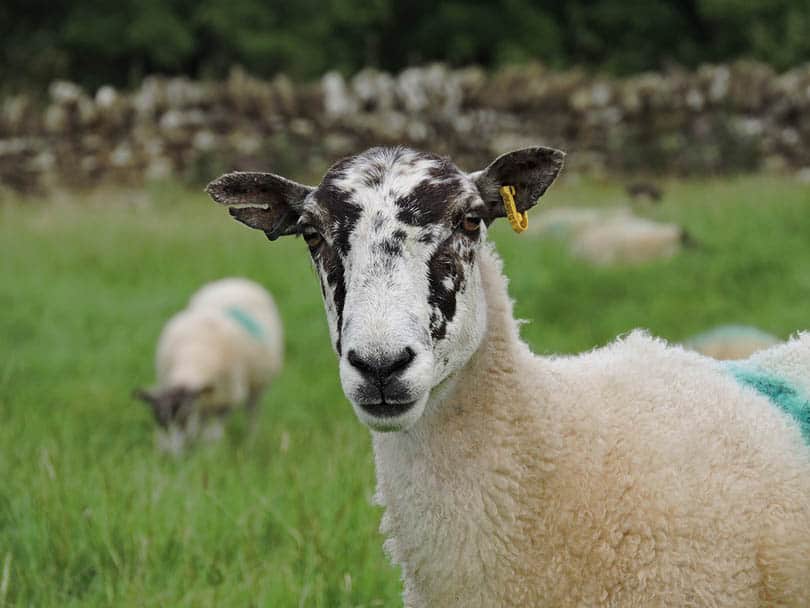Sheep are a farm animal that are almost impossible not to love. They’re adorable and fluffy, as well as always getting up to antics of some sort. They’re also important livestock animals, providing wool and meat. If your knowledge of sheep is limited, you may not know much about sheep beyond the points just discussed. If you’ve ever wondered about the lifespan of a sheep, you’re in the right place. The average lifespan of sheep is round 10-12 years.

What’s the Average Lifespan of a Sheep?
The average lifespan of sheep runs around 10–12 years. However, some sheep are known to live upwards of 20 years, while others may begin showing signs of old age as young as 4–5 years.
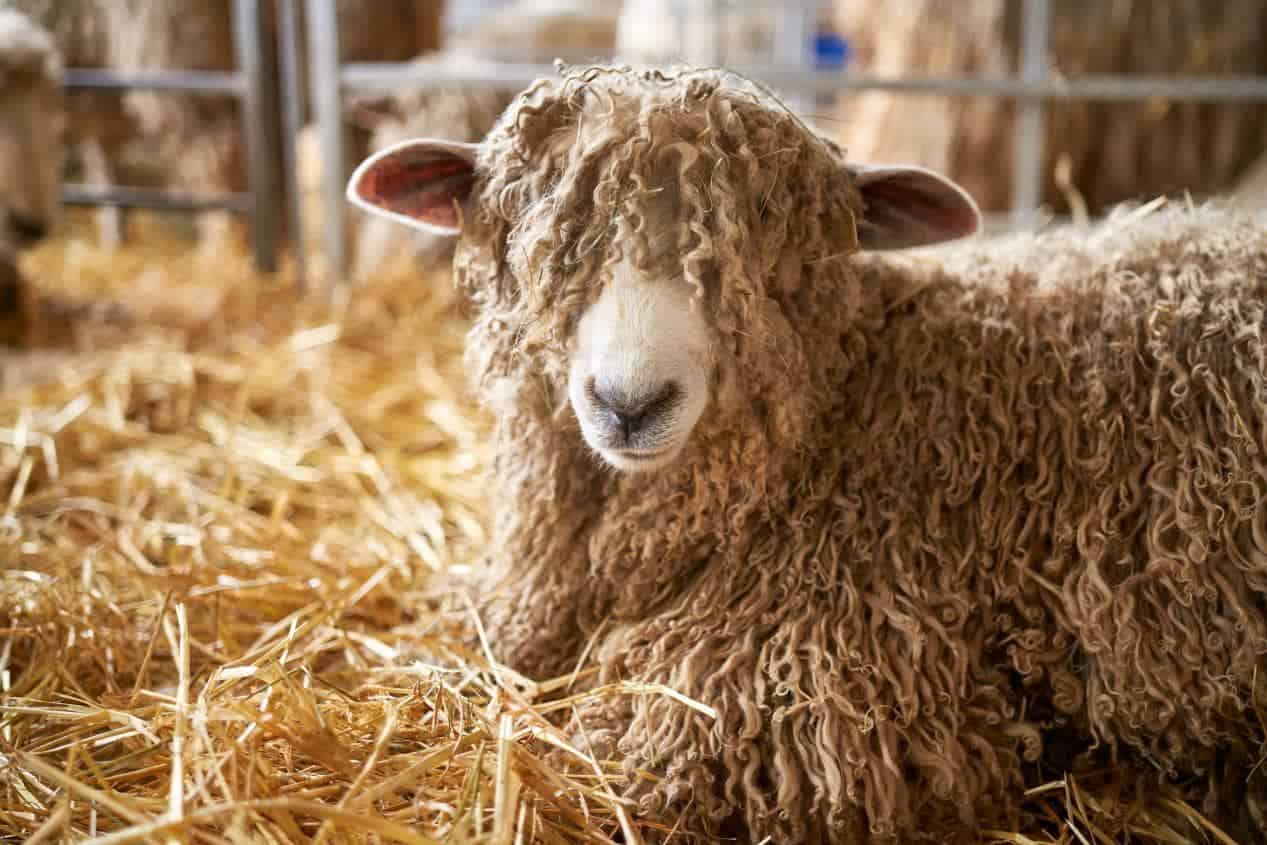

Why Do Some Sheep Live Longer Than Others?
1. Nutrition
The primary diet of a sheep consists of various types of grasses in dry forms, like hay, and natural forms, like pasture grasses. To maintain the health and functionality of their rumen, sheep need to consume about 50% dietary fiber and 7% protein on a daily basis. They should also consume around 2–4% of their body weight daily on a dry matter basis. Sheep that are not provided with adequate amounts of grasses or who are overfed unhealthy grasses, like alfalfa hay, and grains are at a higher risk of developing health conditions like obesity and bladder stones. For sheep that consume most of their daily diet in pasture, the pasture should be checked regularly for hazardous plants.
2. Environment and Conditions
Like all animals, sheep need access to proper shelter, clean water, and adequate food. Sheep that do not have appropriate shelter may become sick or injured from the elements or predation, significantly shortening their lifespan. Lack of access to clean water or food can lead to multiple types of health problems. Sheep that are given access to dirty water or moldy food are at a high risk of dying young.
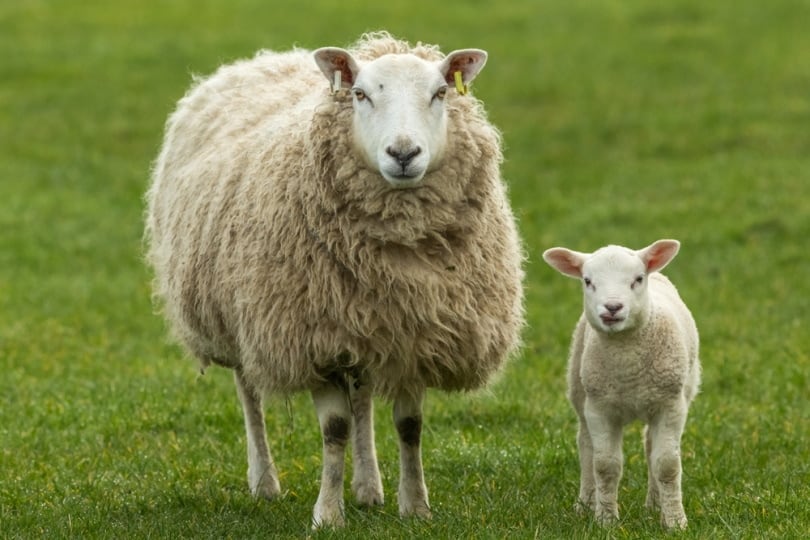
3. Enclosure and Housing
Current recommendations are for no more than 3–6 sheep per acre of grazing space, and at least 25–50 square feet of shelter space in a well-ventilated area. Sheep that are not provided enough shelter space are prone to developing illnesses related to poor husbandry or contagious diseases that rapidly spread throughout the herd. When not provided enough pasture space, sheep may end up not getting enough to eat or may fall victim to illnesses much like they can in close quarter shelters.
4. Size
The size that sheep can or should reach is highly variable based on the breed of sheep in question. However, no sheep should be obese and without adequate muscle mass. Sheep that are allowed to become obese are at risk of multiple medical issues, as well as mobility issues leading to lameness or difficulty escaping predation, shortening their life expectancy.
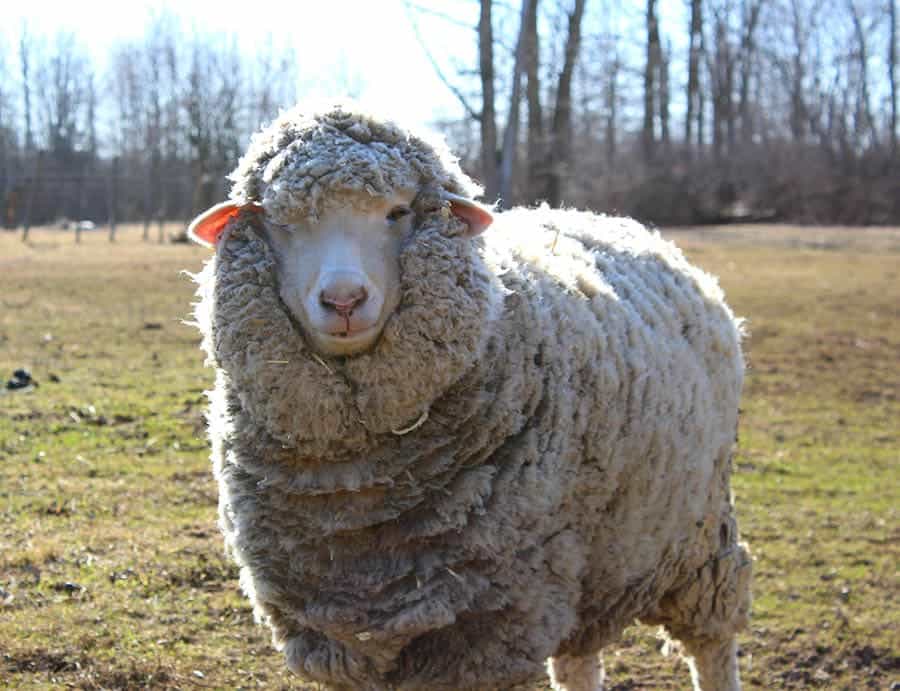
5. Sex
As a whole, female mammals tend to live longer than males, average around 18% longer lives. This means that male sheep are prone to shorter lifespans than females. However, some studies have shown that male sheep who have been castrated or wethered have a slower rate of DNA aging. In fact, wethers may live up to 60% longer than their intact male counterparts.
6. Genes
Inbreeding and other poor breeding practices can lead to an uptick in the development of genetically inherited conditions. Sheep that are bred for health and longevity will have longer average lifespans than sheep that are solely bred for rapid growth or short life expectancies. This means that many sheep that are bred for commercial meat trades may live shorter lives than those bred for other purposes, even if they are not slaughtered at a young age.

7. Healthcare
As with all animals, access to evidence-based healthcare will prolong the life expectancy of sheep. However, it isn’t a guarantee. Unfortunately, medical science can’t fix all problems, and even for problems that can be fixed, not everyone has access to the proper care needed to treat certain issues. Access to healthcare greatly improves the average lifespan of an animal, but it doesn’t guarantee it. Things like diet supplementation, vaccines, and parasite treatments do increase lifespans of sheep, though.

The 5 Life Stages of a Sheep
Newborn
A newborn lamb is generally considered to be a lamb that is younger than 2–4 weeks of age. For the first two weeks of life, lambs need to eat every 2–3 hours to maintain their blood sugar and ensure healthy growth. At night, they can sometimes go as long as 5 hours when needed. As they age, the time between feeding can increase, but generally the caloric needs also increase, which means they consume more per feeding. Meeting the nutritional needs in the first few weeks of life will give your lamb the best start possible to ensure a long life.
Lamb
A lamb is a sheep that is younger than a year of age and that has not produced any offspring. Lambs have a variety of ever-changing needs as they grow and age. Lambs that are well cared for as newborns tend to be healthier than those that aren’t. They also tend to succeed within the flock with minimal human intervention, while sickly lambs that were not given a good start at life may not do as well without assistance.
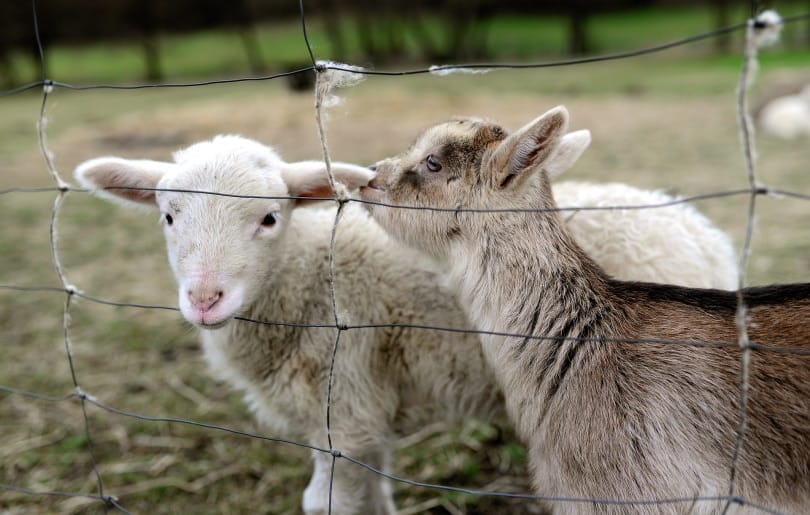
Yearling
A yearling is a male or female sheep that is between 1–2 years of age but has not birthed any offspring, although they are old enough to have offspring at this point. They do not have needs specific to their age besides the needs that ewes and rams have. They should be given access to healthcare, shelter, clean water, and adequate food and space.
Adult
An adult sheep is one that is at least one year of age and that has had offspring. Female adult sheep are ewes and males are rams. Adult sheep need the same things that yearling sheep do. They should be given access to shelter, space, and adequate food and water. Pregnant ewes should be monitored throughout their pregnancy and may need assistance from humans during labor if the newborn lamb becomes stuck or if there are other concerns during the laboring period that can lead to illness or death of the ewe or newborn.

Senior
Senior sheep may move more slowly than younger sheep, so they should be treated with patience. Extra care should be provided to make sure they stay out of harm’s way and that they are safe from predation and illness. They may require easier access to food and water, and may also need access to extra soft bedding or a heat source to keep them warm during cold months. For sheared sheep, they may need coats to stay warm.

How To Tell Your Sheep’s Age
The age of a sheep can be roughly determined by the condition of its teeth. It’s not an exact science, though, as the health status and nutrition of the animal can impact the development and condition of the teeth. It generally takes around 3 years for all of a sheep’s teeth to be fully in place in the mouth. Beyond this point, the teeth will slowly begin to wear down over time.

- Related Read: Do Sheep Make Good Pets?

Conclusion
Sheep can live long, happy lives with proper care. Unfortunately, many sheep are not afforded excellent care because they are seen as “simply livestock”. Good farmers will ensure their sheep receive excellent care throughout their lives, though, no matter how short or long those lives may be. Sheep bred and raised for meat are likely to have shorter lifespans than sheep bred for wool, but that isn’t to say they can’t live long lives with proper care.
Other interesting articles on sheep:
Featured Image Credit: MartinField, Pixabay
